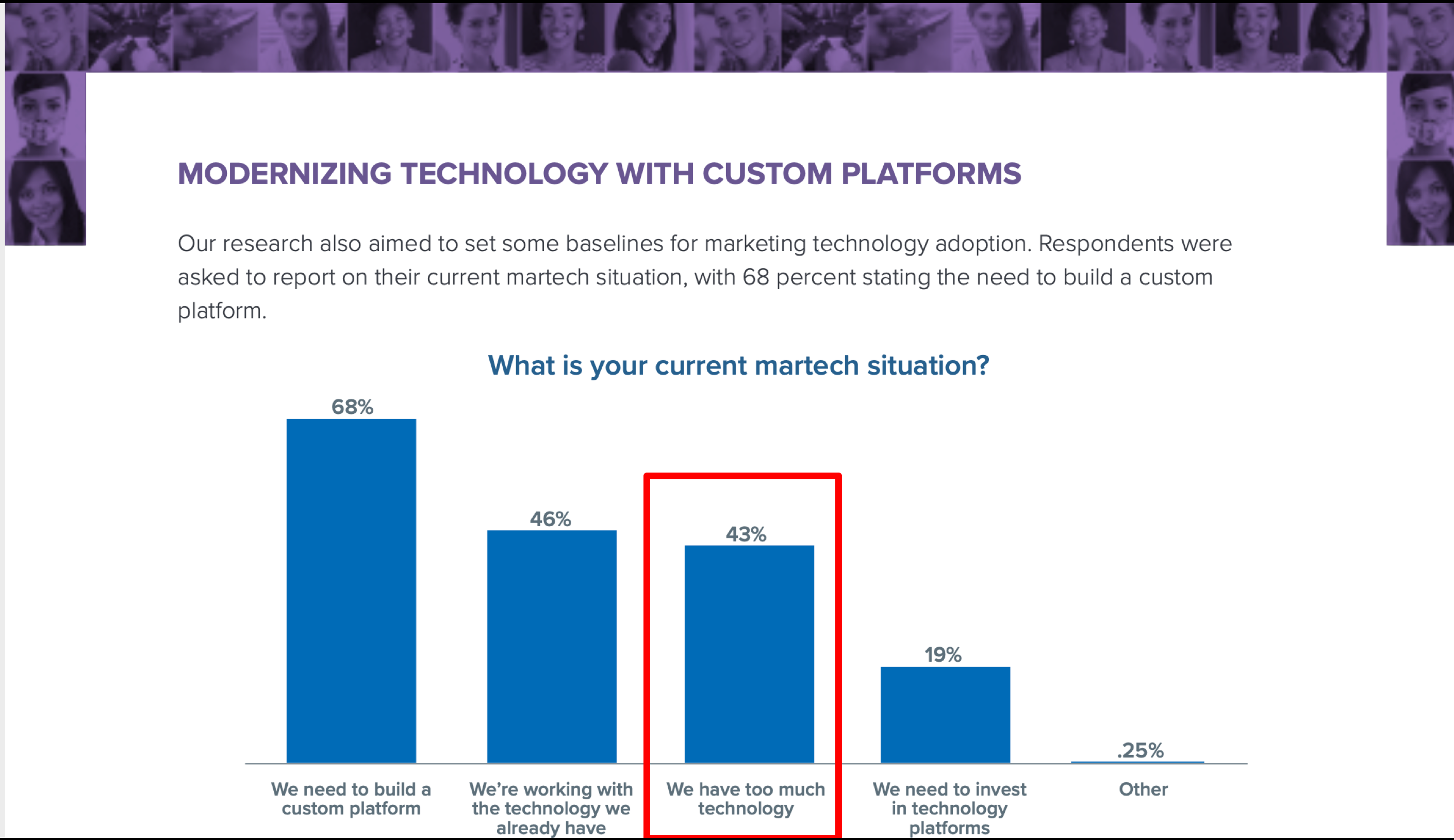
The other day I was talking with a friend of mine. He couldn’t wait to tell me about a new show he discovered on Netflix called yadda, yadda, yadda. Really, does it even matter? The point is I am on Netflix overload. I am completely overwhelmed by the sheer number of choices available to me.
Now Netflix is hardly the only example of overwhelmingness — if that’s even a word — that we all deal with on a day-to-day basis. A 2018 piece in Psychology Today entitled Too Much Choice highlights a great example of this:
Consider, for example, any typical coffee shop. In a quest to offer a uniquely satisfying and bespoke experience, you have a choice between a variety of different beans (Arabica or Robusta), countries of origin (Colombia, Brazil or Ghana) and roasts (blonde, medium or dark).
But picking a bean is only the first step. Next, you have to decide on a specific coffee drink. Ristretto? Espresso? Lungo? Café crema? Macchiato? Cappuccino? Flat white? Café au lait? Turkish coffee? Americano? Long black? Mocha? Caffe latte? Frappé? Irish coffee? Then comes the milk. Full-fat? Semi-skimmed? Skimmed? Lactose-free? Soy? Almond? Oat? Rice milk?
Indeed, Starbucks proudly advertises a choice of 80,000 different drinks combinations. But is this really a reason to celebrate?
Think about that. 80,000 different combinations. As the writer adds “If you took a diligent approach and tested every single coffee drink, you’d end up spending 109 years trying two different Starbucks drinks every day.”
In other words, there may be just a tad too many choices at your favorite Starbucks.
Technologically Speaking
Now, let’s say you’re a CMO or CHRO or CIO, etc. and you’re looking to add a new martech solution for any number of reasons. The good news is you don’t have as quite as many choices you would if you went to a Starbucks, but you would have many choices to pick from.
How many exactly?
Before I answer that, let me ask you a question. Do you know who Scott Brinker is? He is the Chief Marketing Technologist of chiefmartec.com and has been dubbed “The Godfather of Martech.” Since 2011, Brinker has released The Martech 5000, an infographic or map of the current martech vendor landscape.
In 2011, there were a mere 150 martech solutions. In less than 10 years, that number has grown — are you ready for this? — by 5,233%. Yes, you read that right. It has grown by five-thousand, two-hundred and thirty-three percent making the Martech 5000 a misnomer for there are now 8,000 martech solutions to choose from.
Here’s the 2020 version of the Martech 5000:

Here’s a slightly larger version if you want to give your eyes a break.
Four In Ten Companies Are On Martech Overload
Recently Merkle released the latest version of their Customer Engagement Report which reveals the findings of a survey of 400 marketers at major US and UK B2C brands. Included in the results was the following:

I don’t know about you, but that number is staggering. To think that nearly 50% of respondents indicated they think they have too much marketing technology is, well, as I said, staggering.
The obvious question is: Why?
Why do 4 in 10 say they have too much tech?
Well I have a few theories but this is my MAIN theory as to why this is occurring.
Companies Buy To Buy
A piece I wrote last year for Marketing Land explains this theory perfectly. Entitled Marketers, ‘The Joneses’ and why it’s dangerous to try and keep up with them, the article touched on the findings of a study which revealed that while companies are increasing martech spend they aren’t keeping up with the speed of martech’s evolution and continue to add tools to their stacks at a healthy pace.
Translation: They are buying just to buy. And since many companies are run by men and let’s face it gentlemen, we men tend to do just that: Buy to buy. Don’t argue with me, you know you do. I admit it. So can you.
And if you don’t believe me maybe you’ll believe Wharton, specifically Wharton’s Jay H. Baker Retail Initiative which, back in 2007, released an aptly-titled study “Men Buy, Women Shop.” Now before I go on please spare me the “But Steve, this is 13-years old!”
Nonsense. Many things change. Men’s shopping habits do not.
This quote from the then chief marketing officer at CVS Caremark, Robert Price, says it ALL:
“Women tend to be more invested in the shopping experience on many dimensions. Men want to go to Sears, buy a specific tool and get out.”
Now apply the exact same logic to buying a martech solution AKA a tool! Men buy to buy!
Ok what sayeth you?
Why do you think 4 in 10 companies are experiencing martech overload?